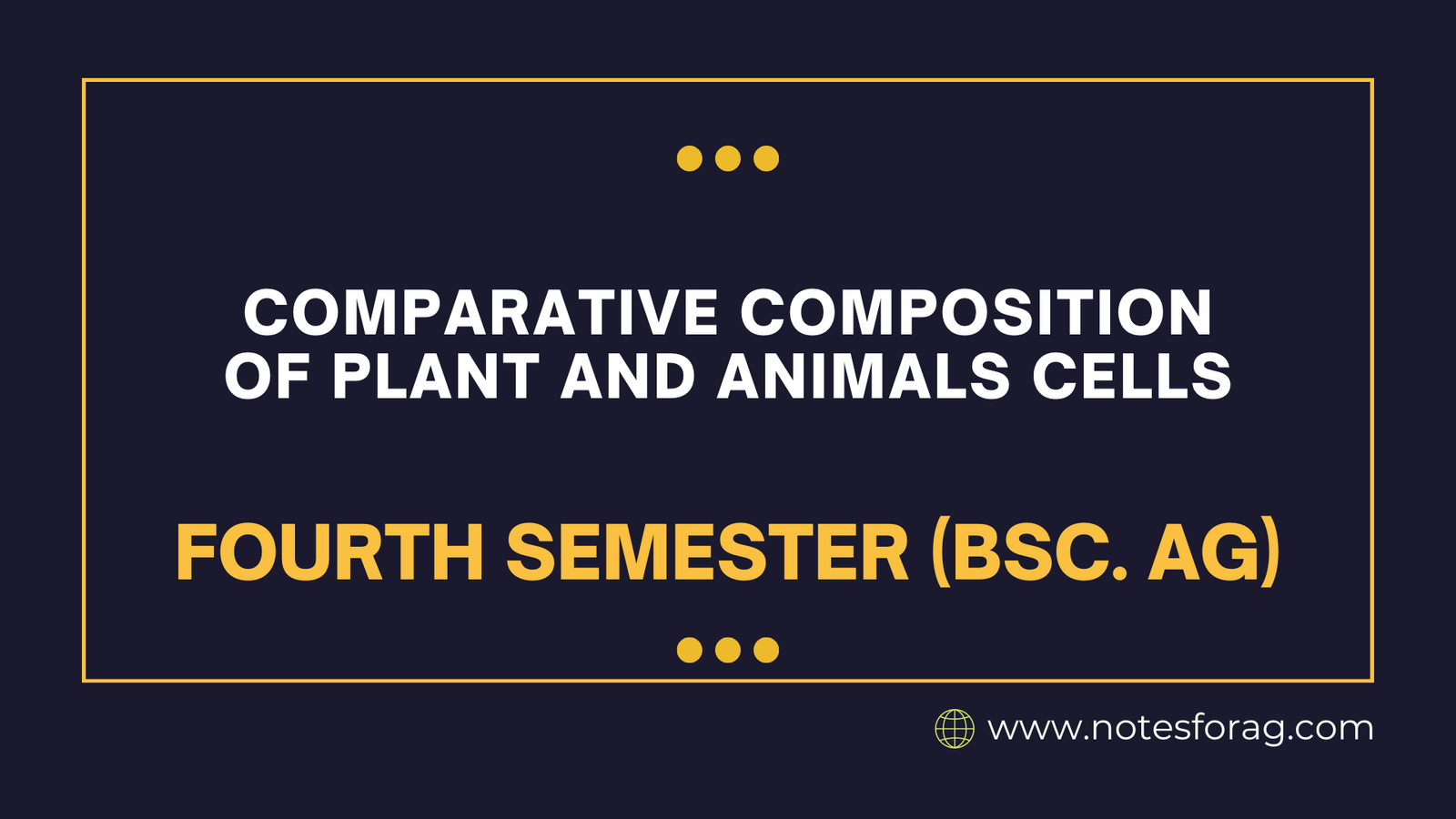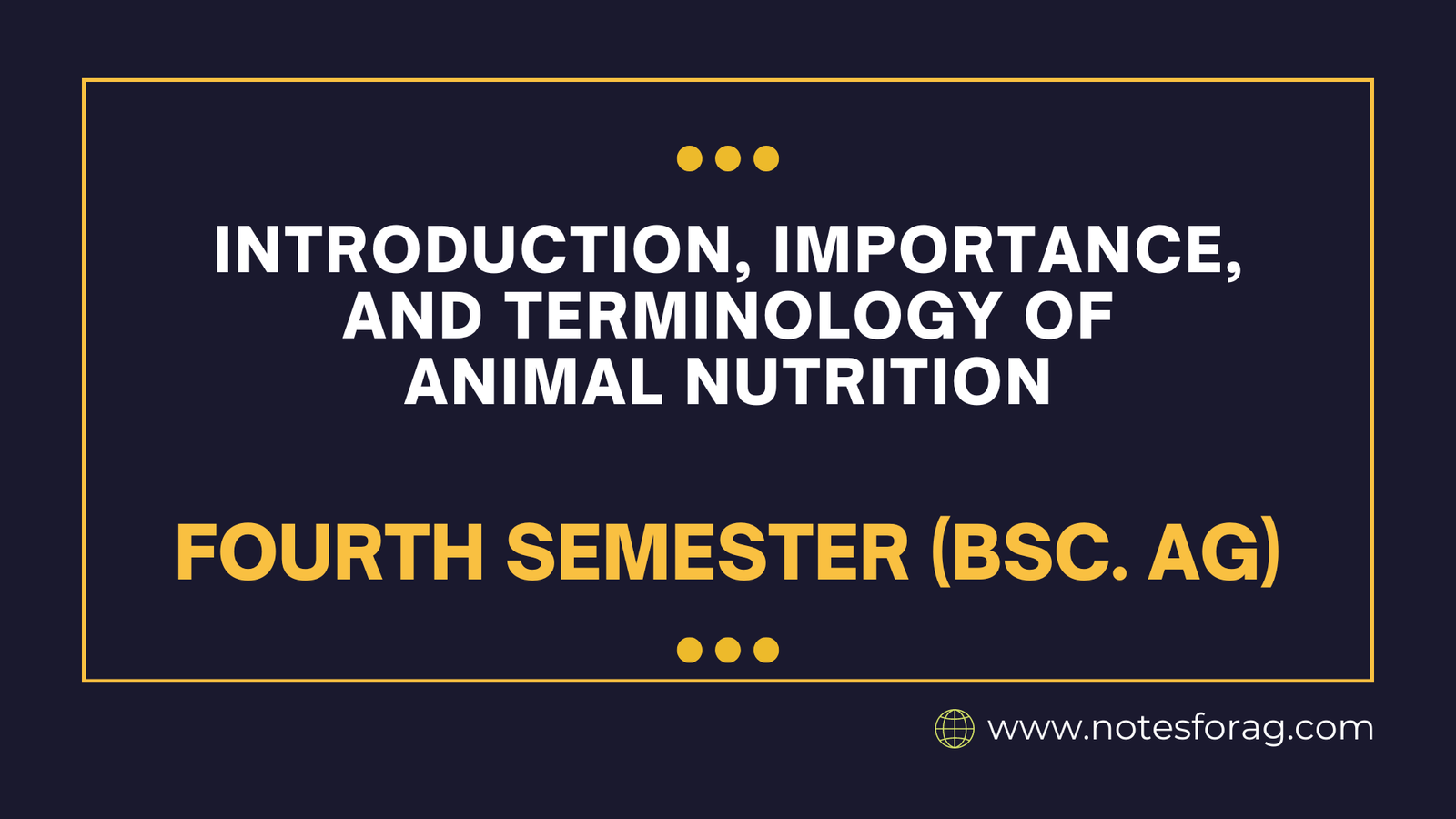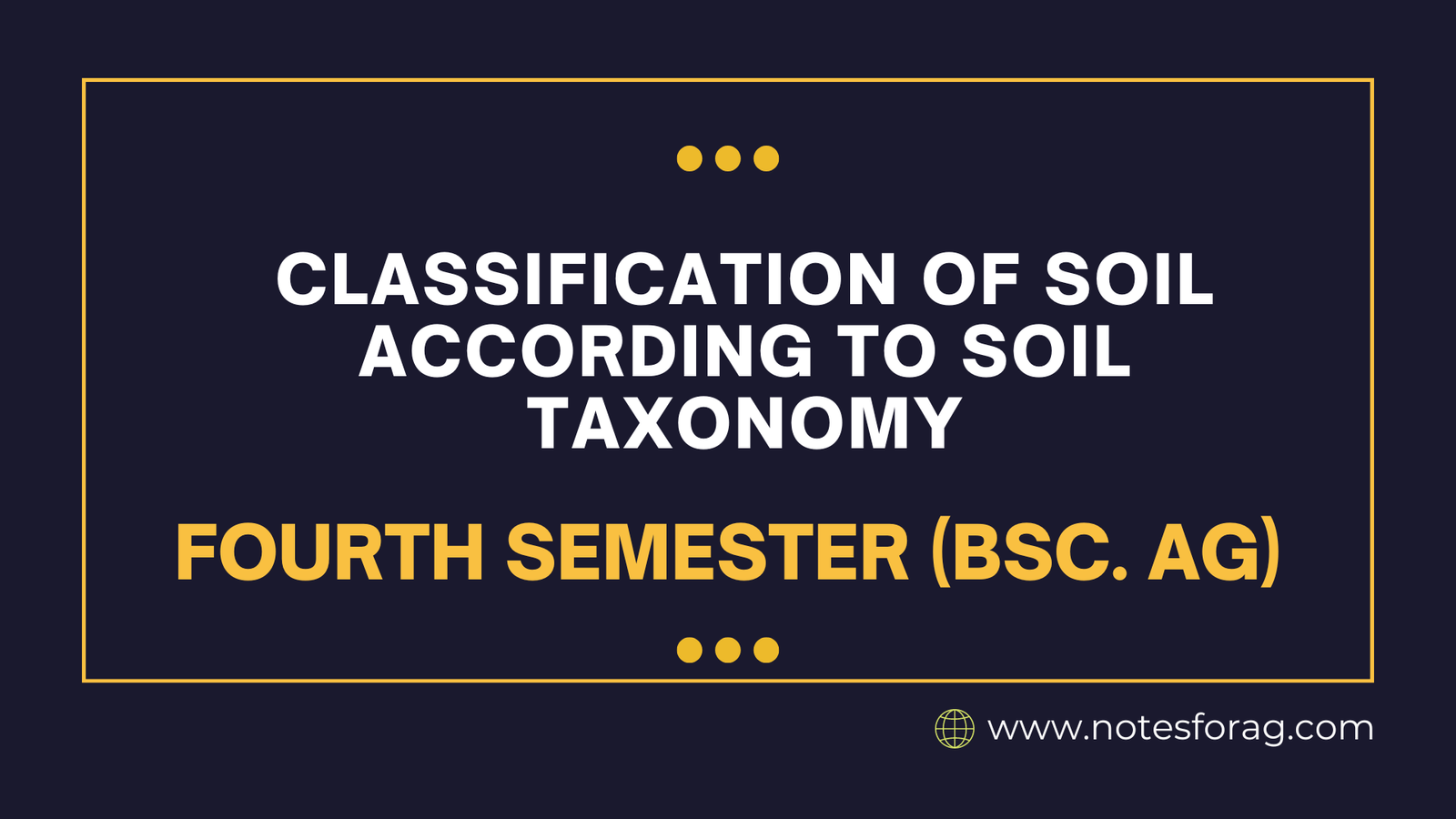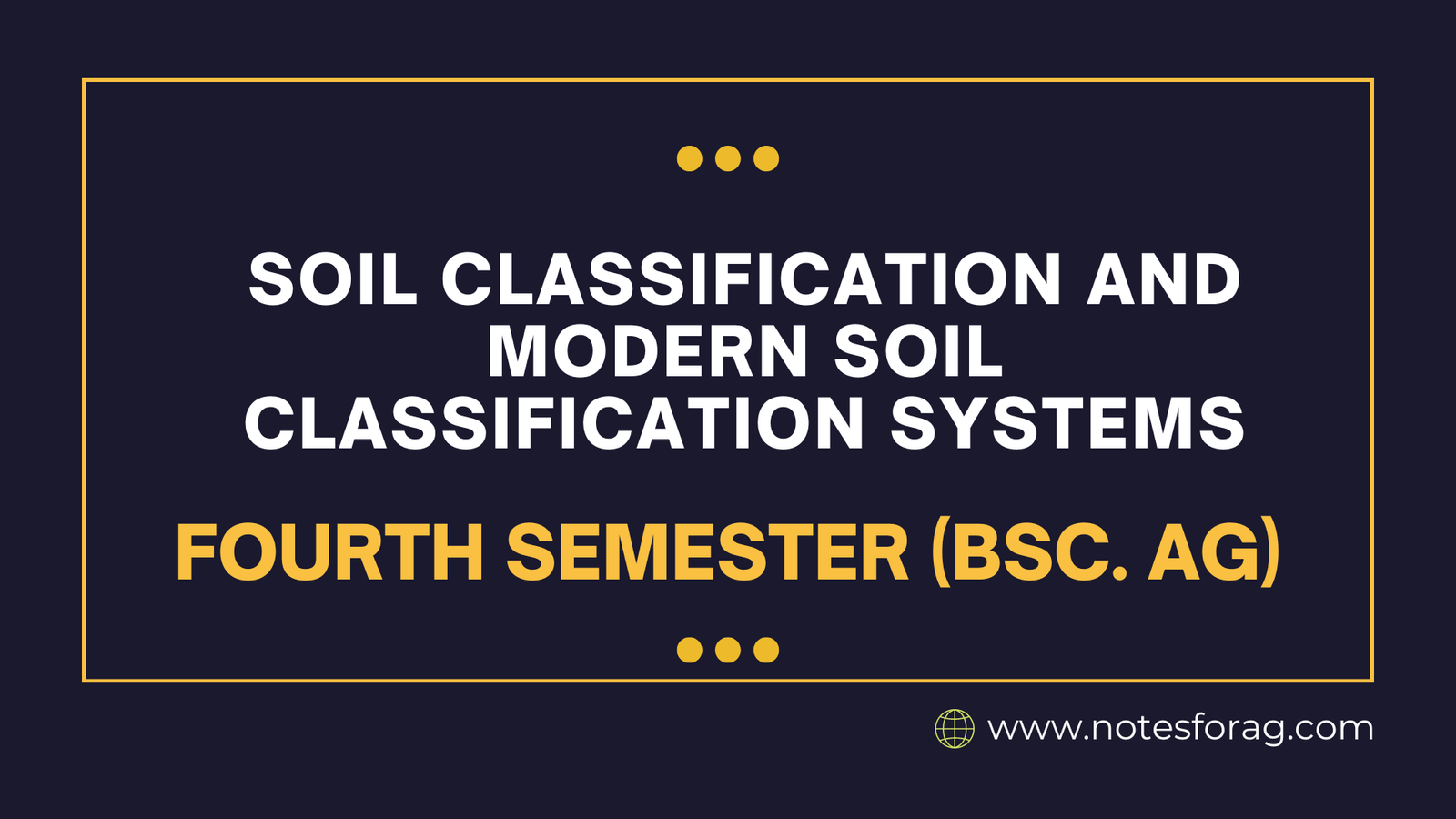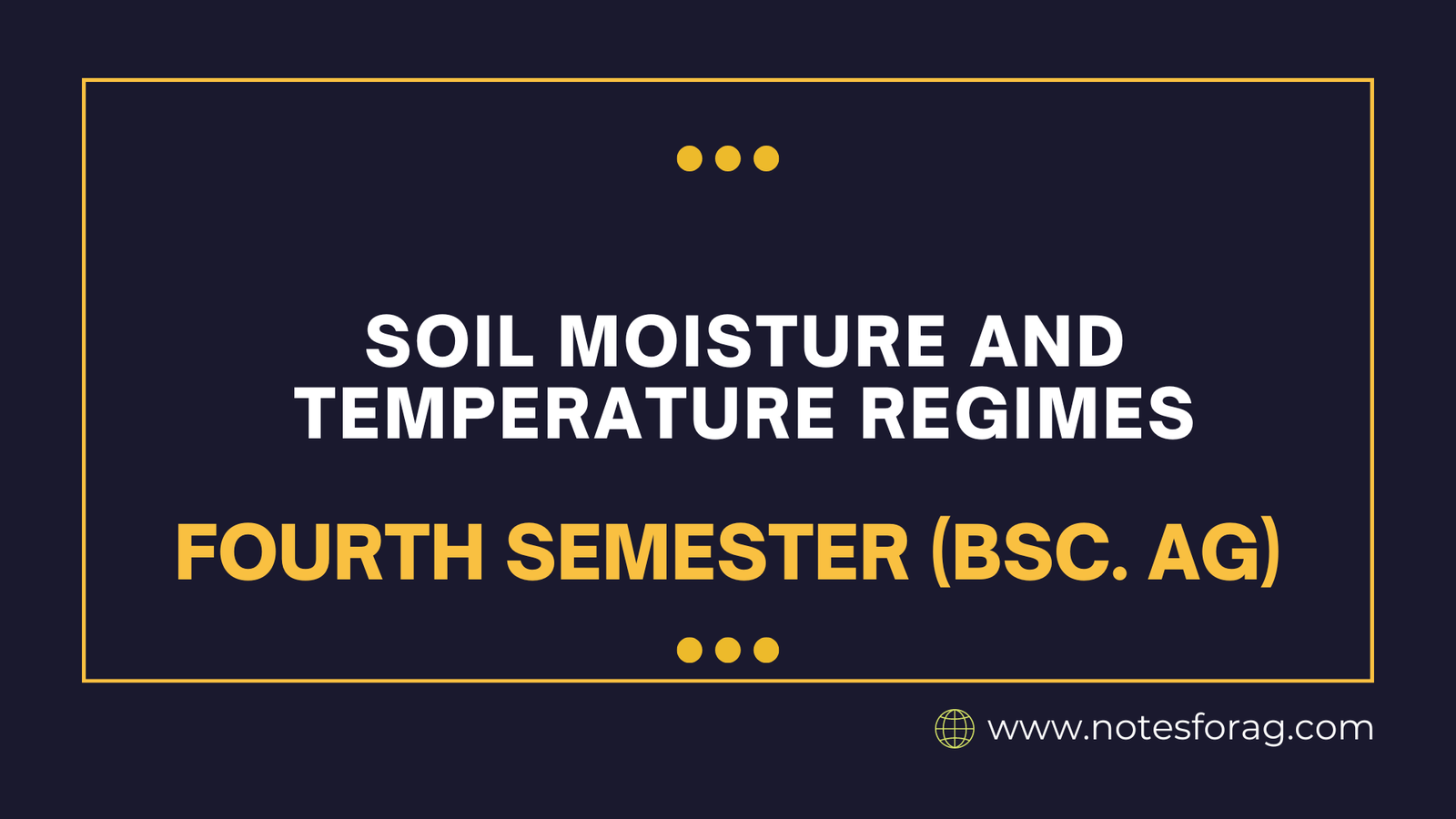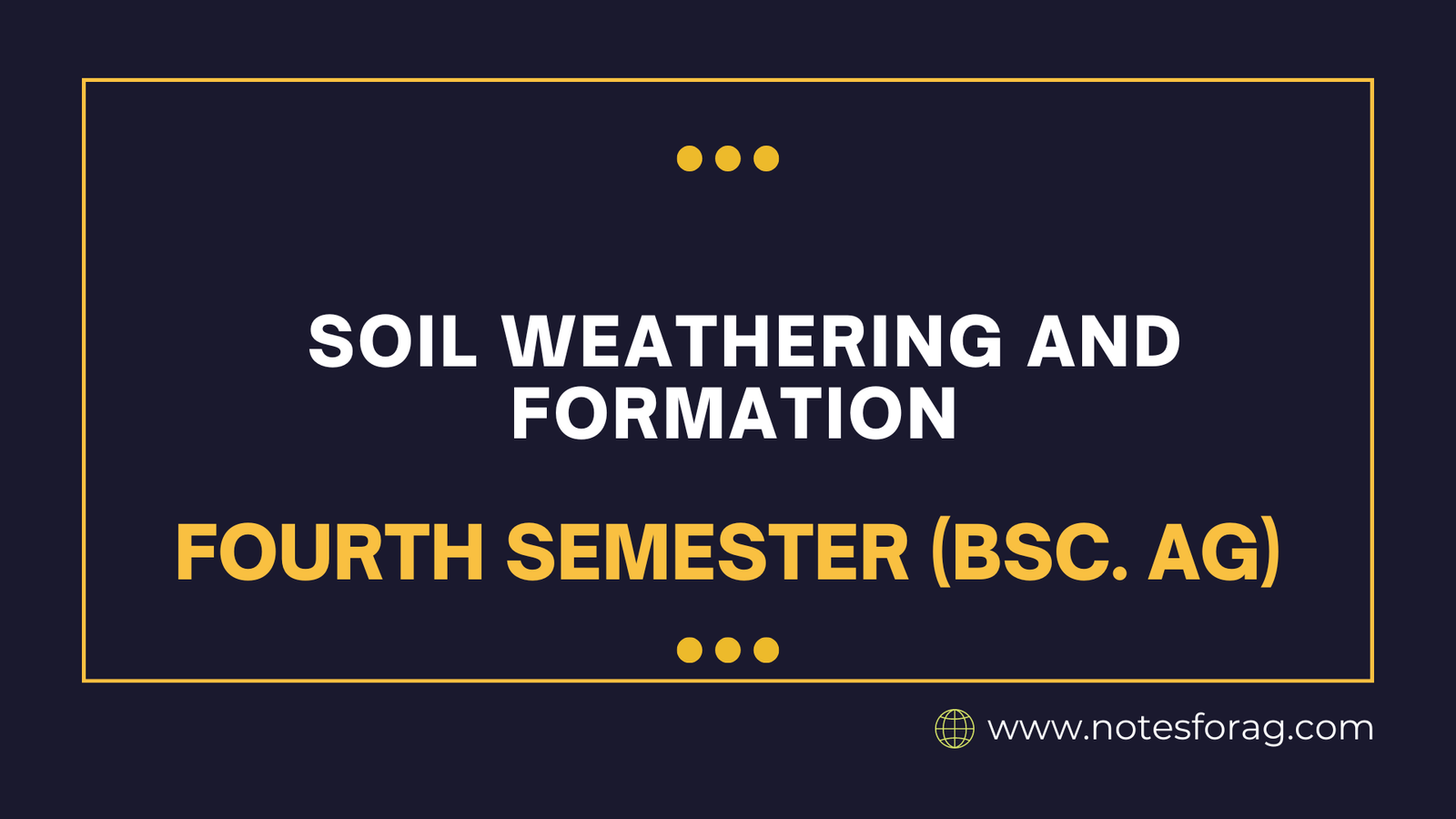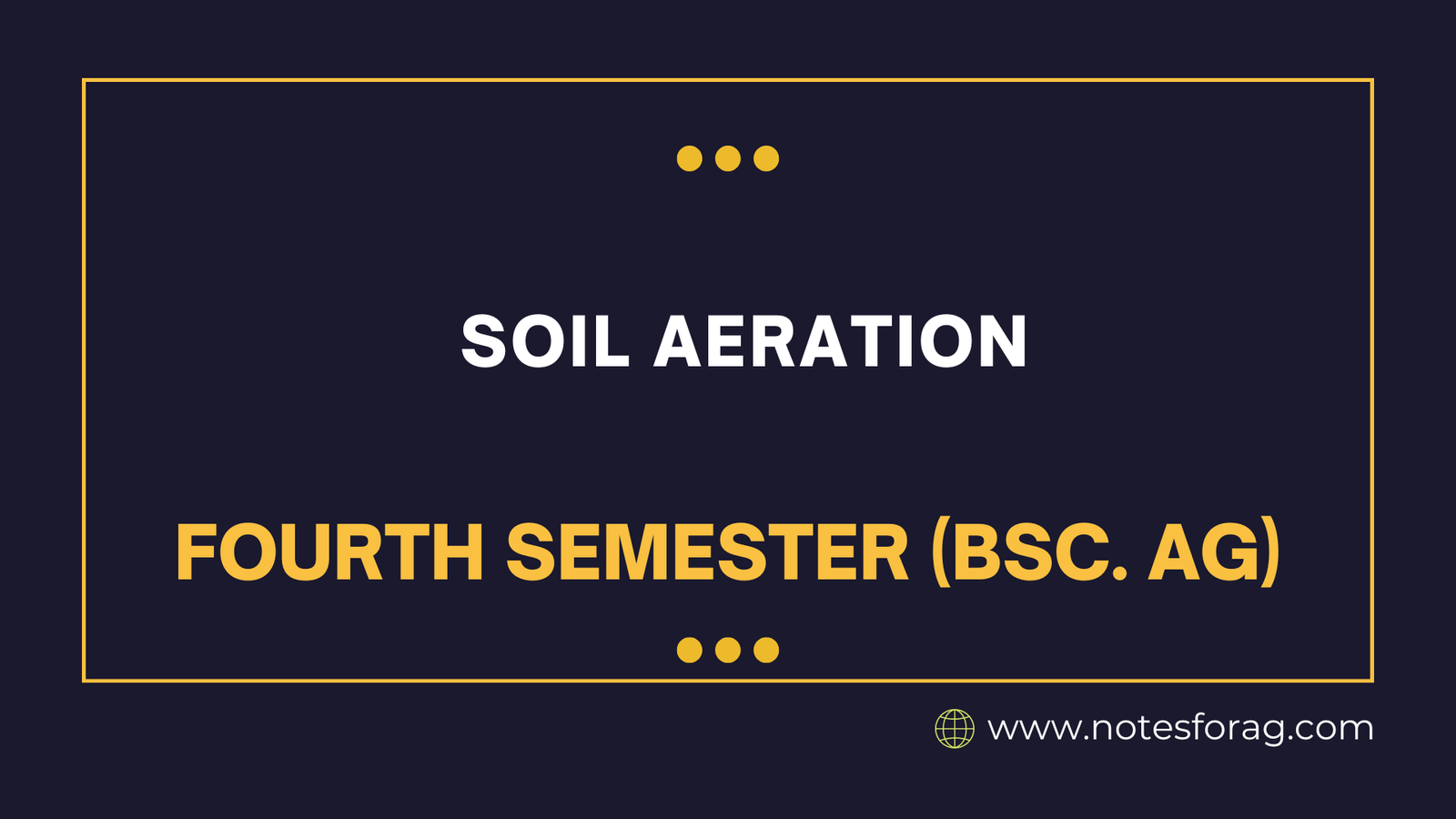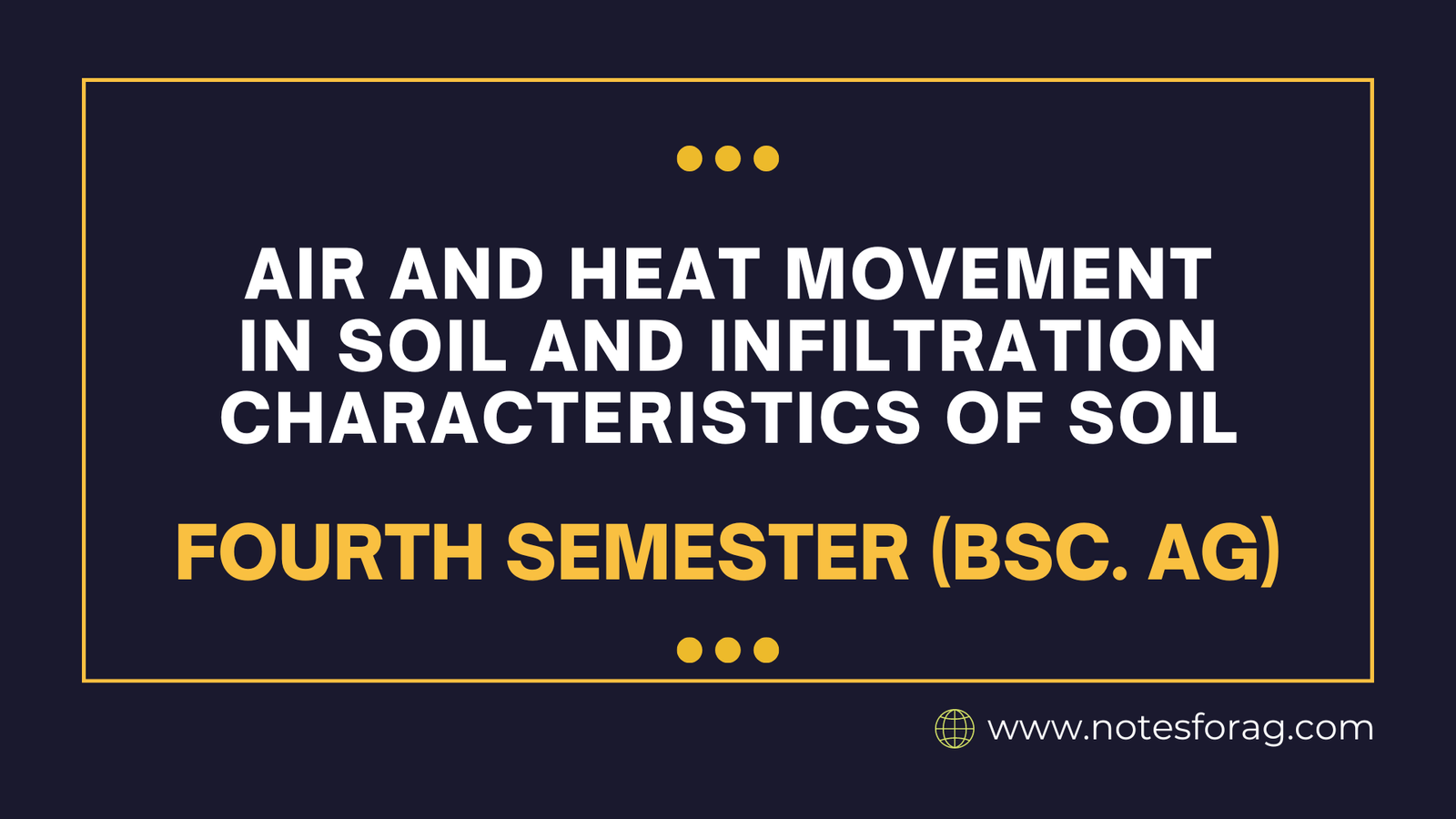Comparative Composition of Plant and Animals Cells
Plant and animal cells share many similarities, both being eukaryotic cells with membrane-bound organelles. However, they also have significant differences that reflect their distinct functions and adaptations. Here’s a comparison of their cellular and tissue composition: Explanation of Key Differences Between Plant and Animals Cells Tissue Composition of Plant and Animals Cells Key Differences in … Read more

